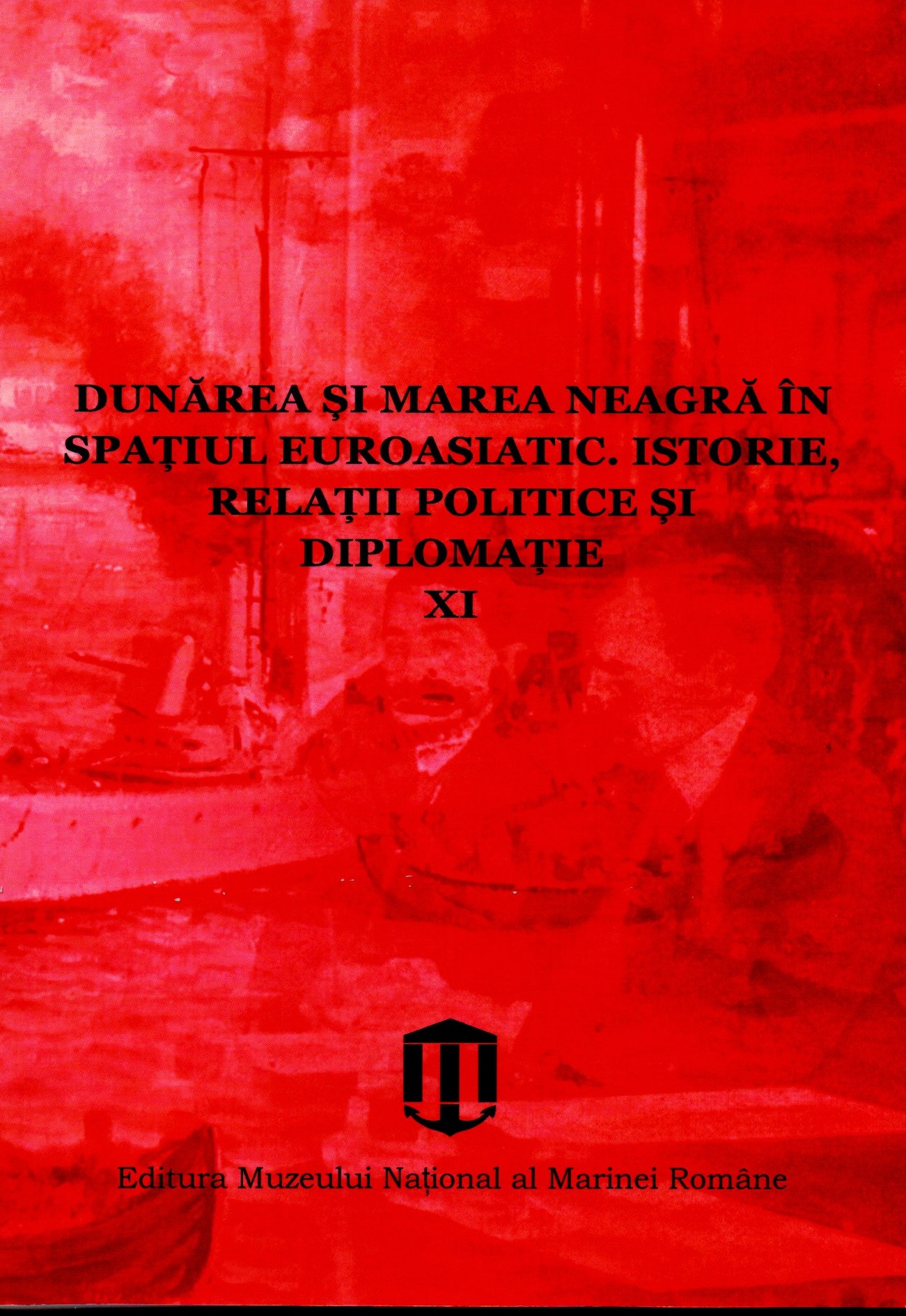PODUL PRIETENIEI – REALIZARE ȘI PROPAGANDĂ
FRIENDSHIP BRIDGE – ACHIEVEMENT AND PROPAGANDA
Author(s): Gabriel-Felician CroitoruSubject(s): Political history, Government/Political systems, Political behavior, WW II and following years (1940 - 1949), Post-War period (1950 - 1989), History of Communism
Published by: Editura Muzeului National al Marinei Romane
Keywords: Friendship Bridge; propaganda; communism; Giurgiu; Ruse; Bulgaria; Cold War;
Summary/Abstract: In his book Communist Propaganda in Romania (1948-1953), a milestone work for the Romanian historiography, historian Eugen Denize pointed out that the general objective of the communist propaganda was to consolidate the political power of the new regime. Its specific objectives in Romania were constituted after two Soviet concepts: cultural revolution and the creation of the New Man. The aim: winning the hearts of the masses for the new regime. A fine example in this regard was the Friendship Bridge, across the Danube, between Giurgiu and Ruse. Romanian political leadership started promoting its value in the second half of the XX’th Century, but it remained only an idea until 1952. This was the year when the new power in Bucharest and in Sofia decided to put it into practice, with significant help from their overlord- the Soviet Union.
Journal: Dunărea și Marea Neagră în spațiul euroasiatic. Istorie, relații politice și diplomație
- Issue Year: XI/2023
- Issue No: 5
- Page Range: 336-348
- Page Count: 13
- Language: Romanian

